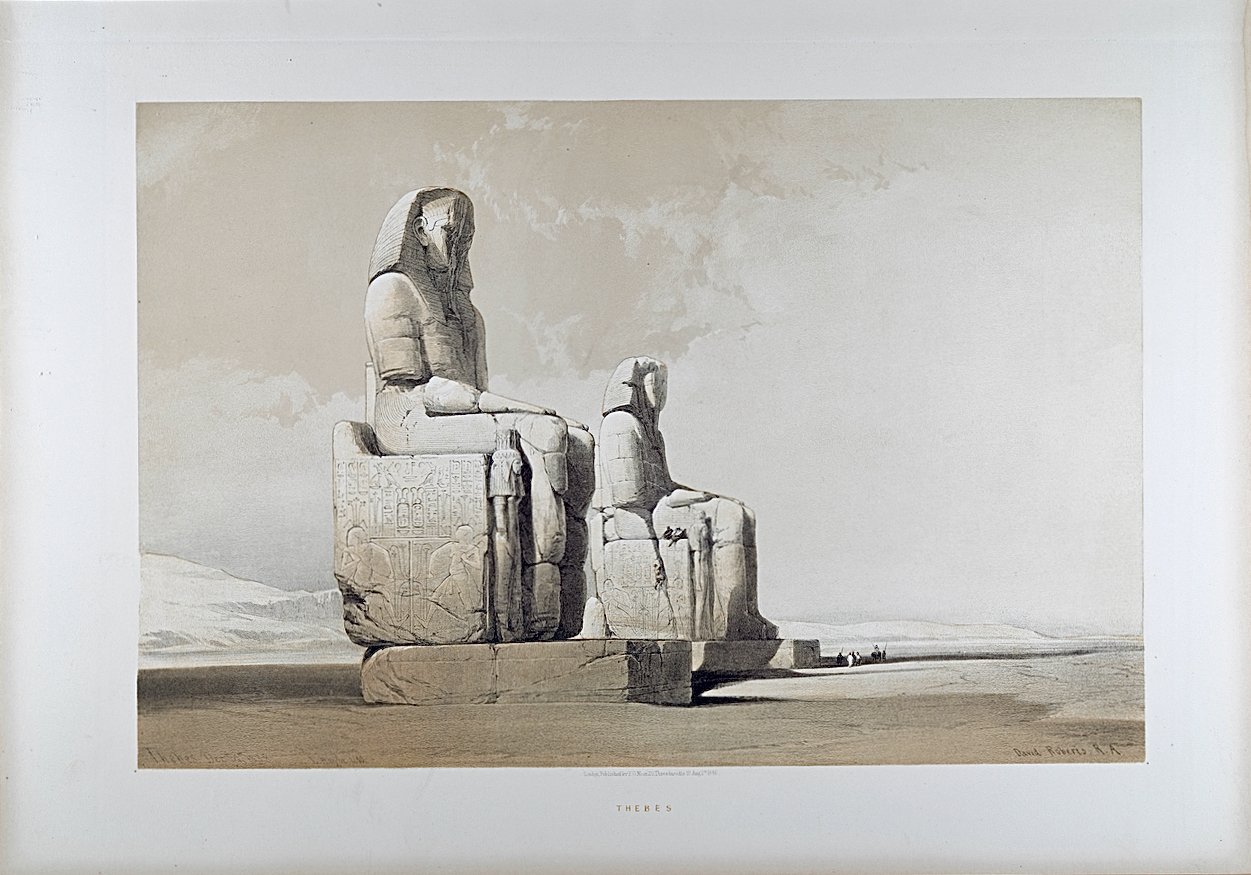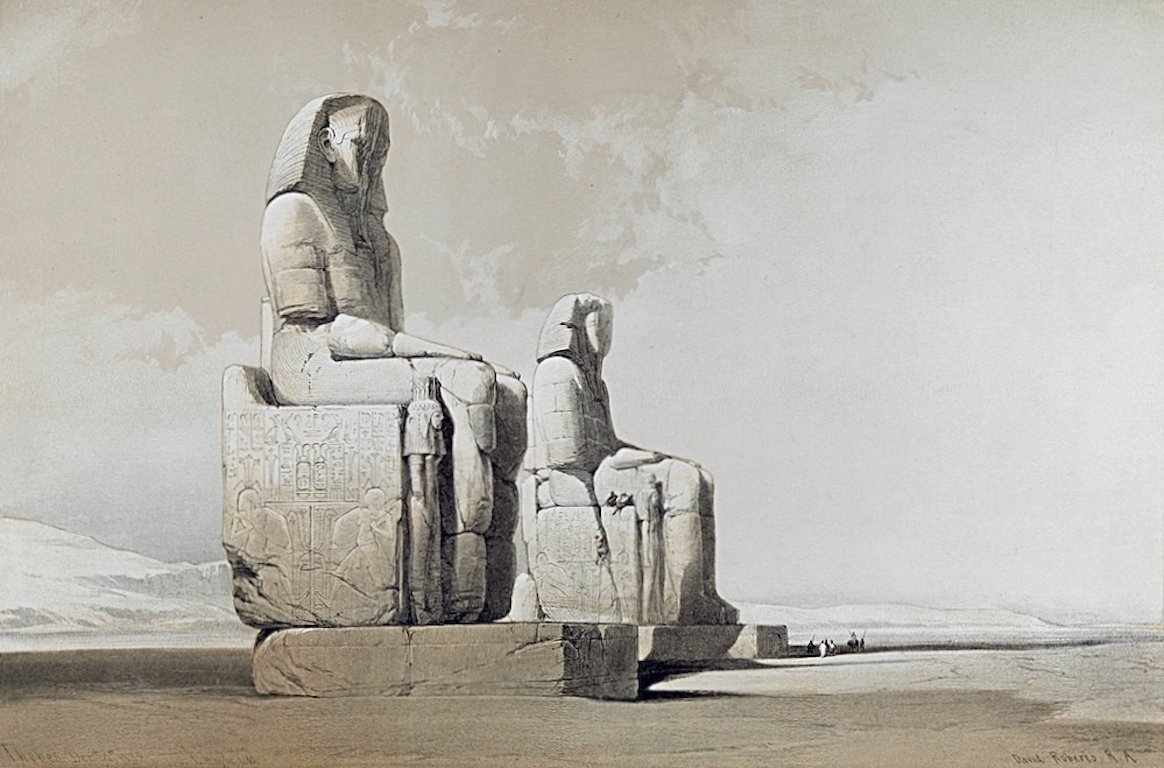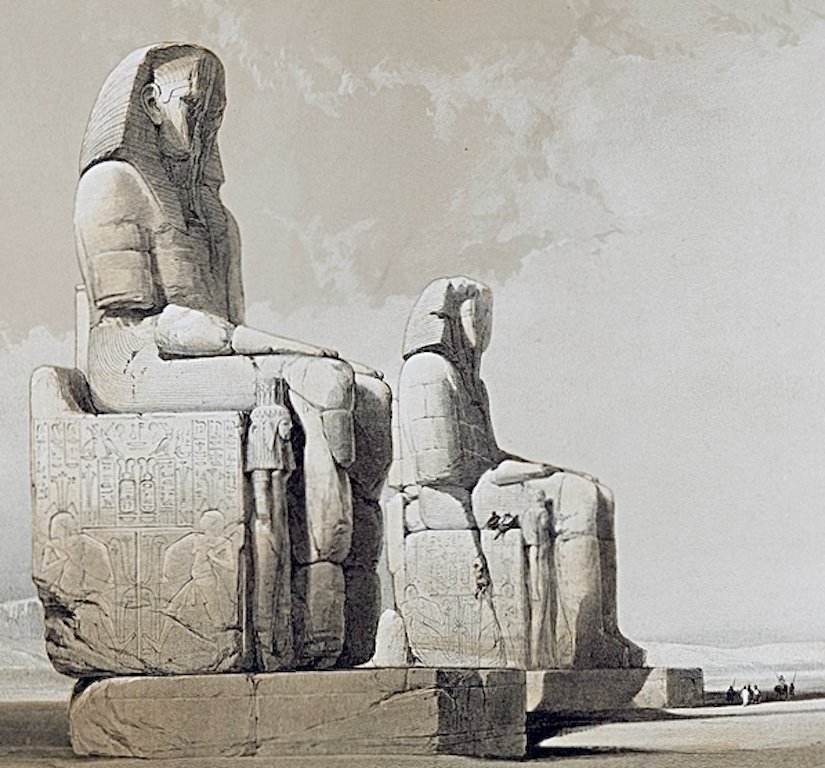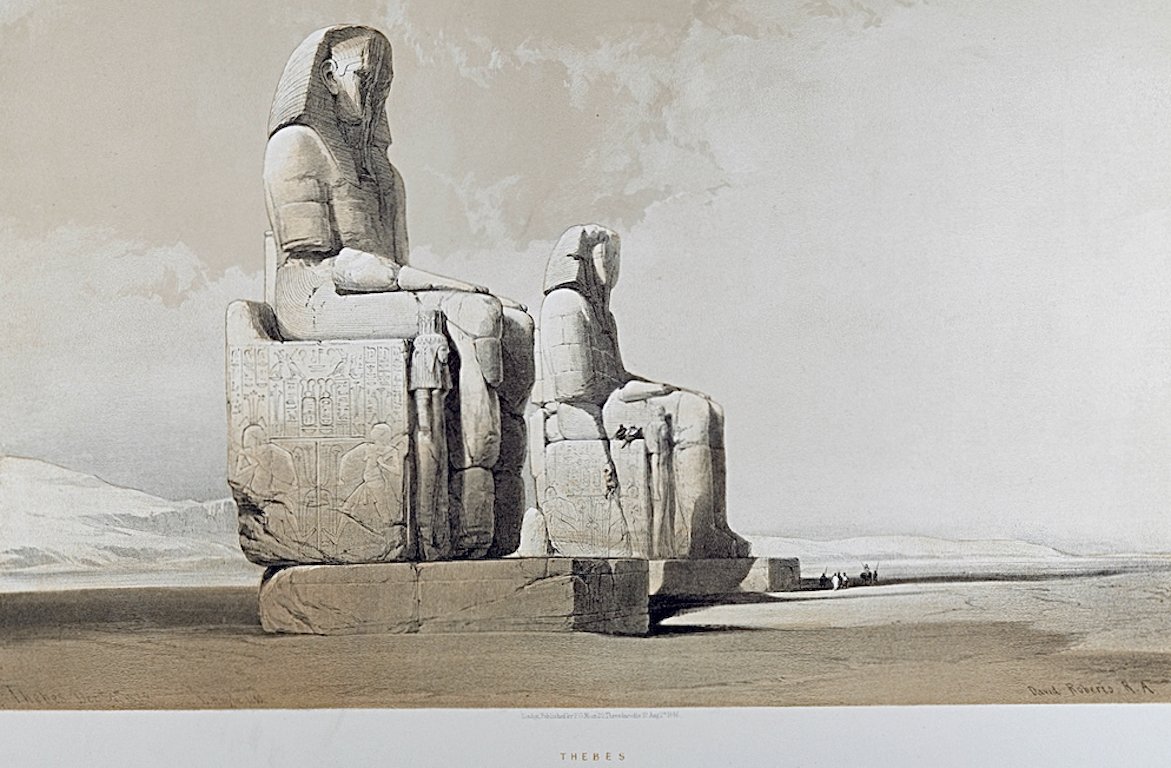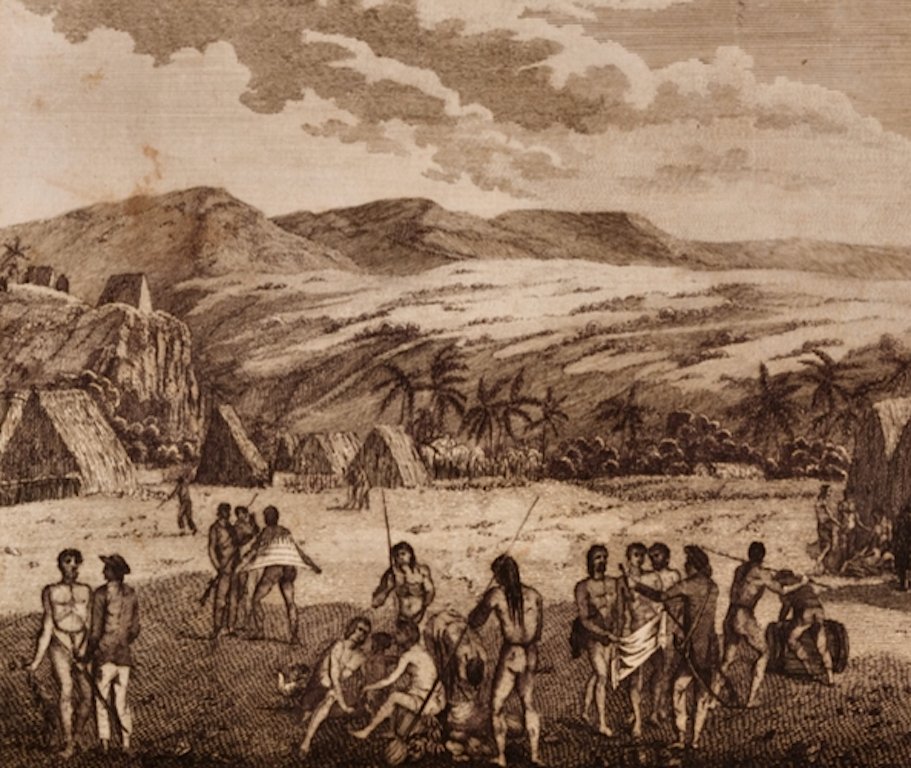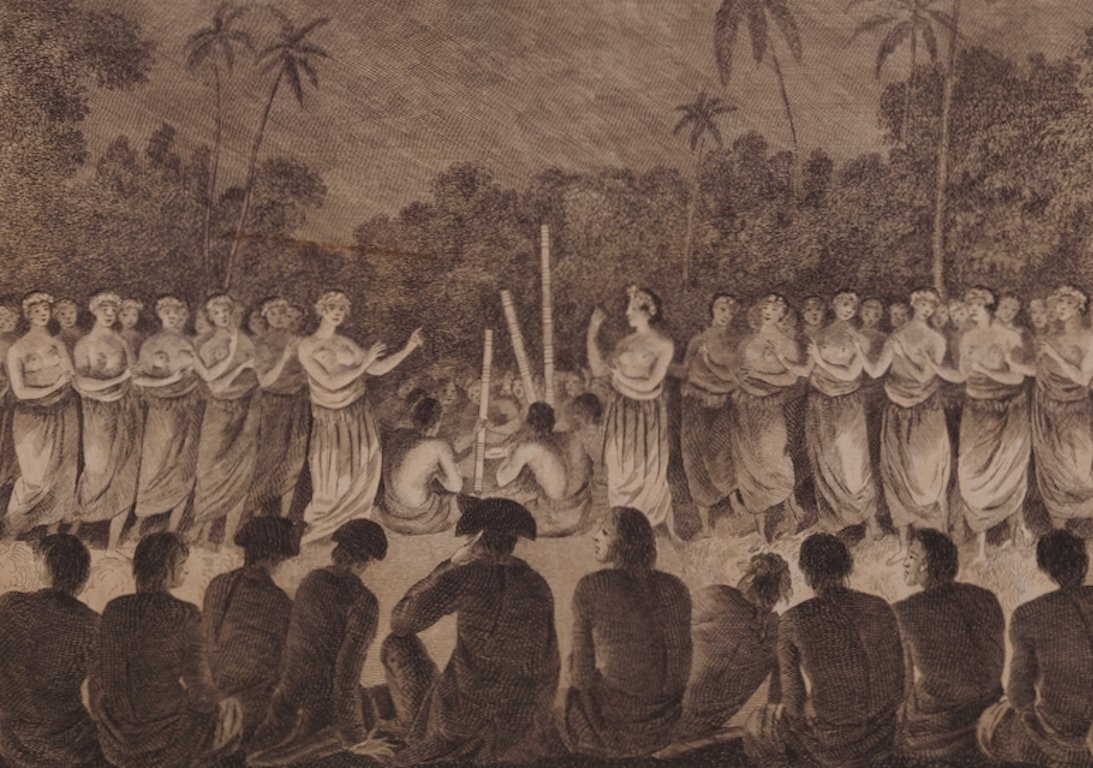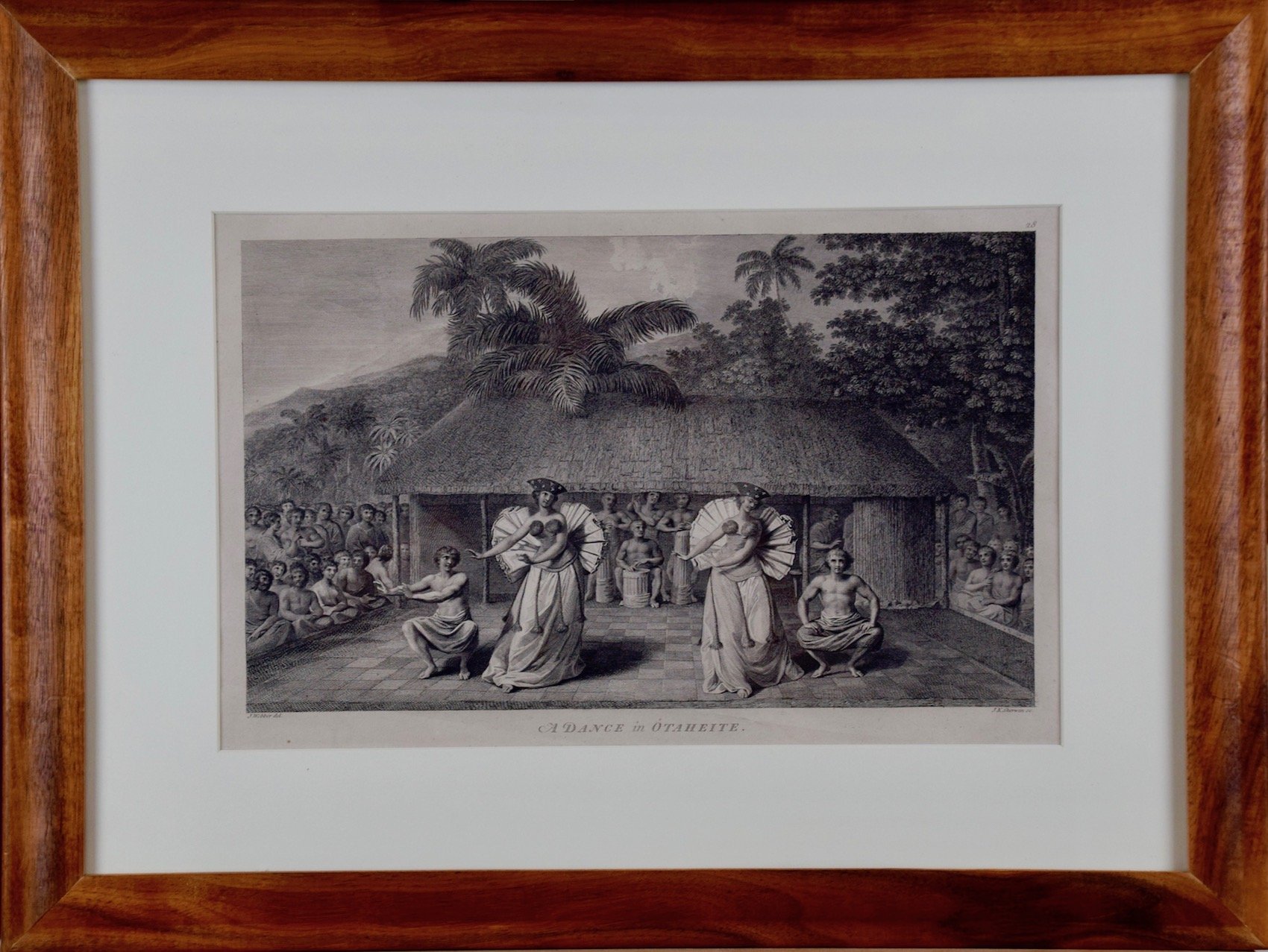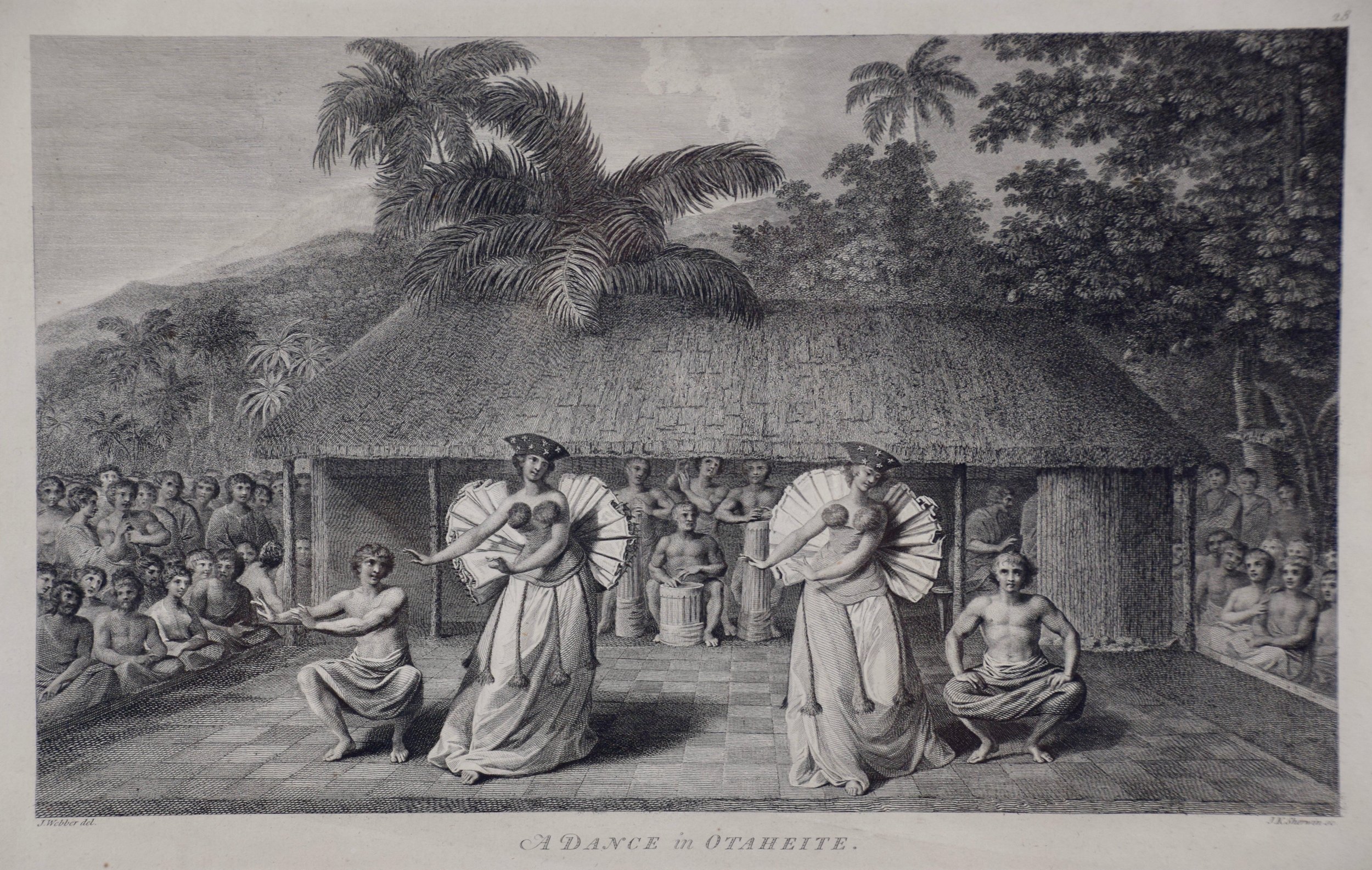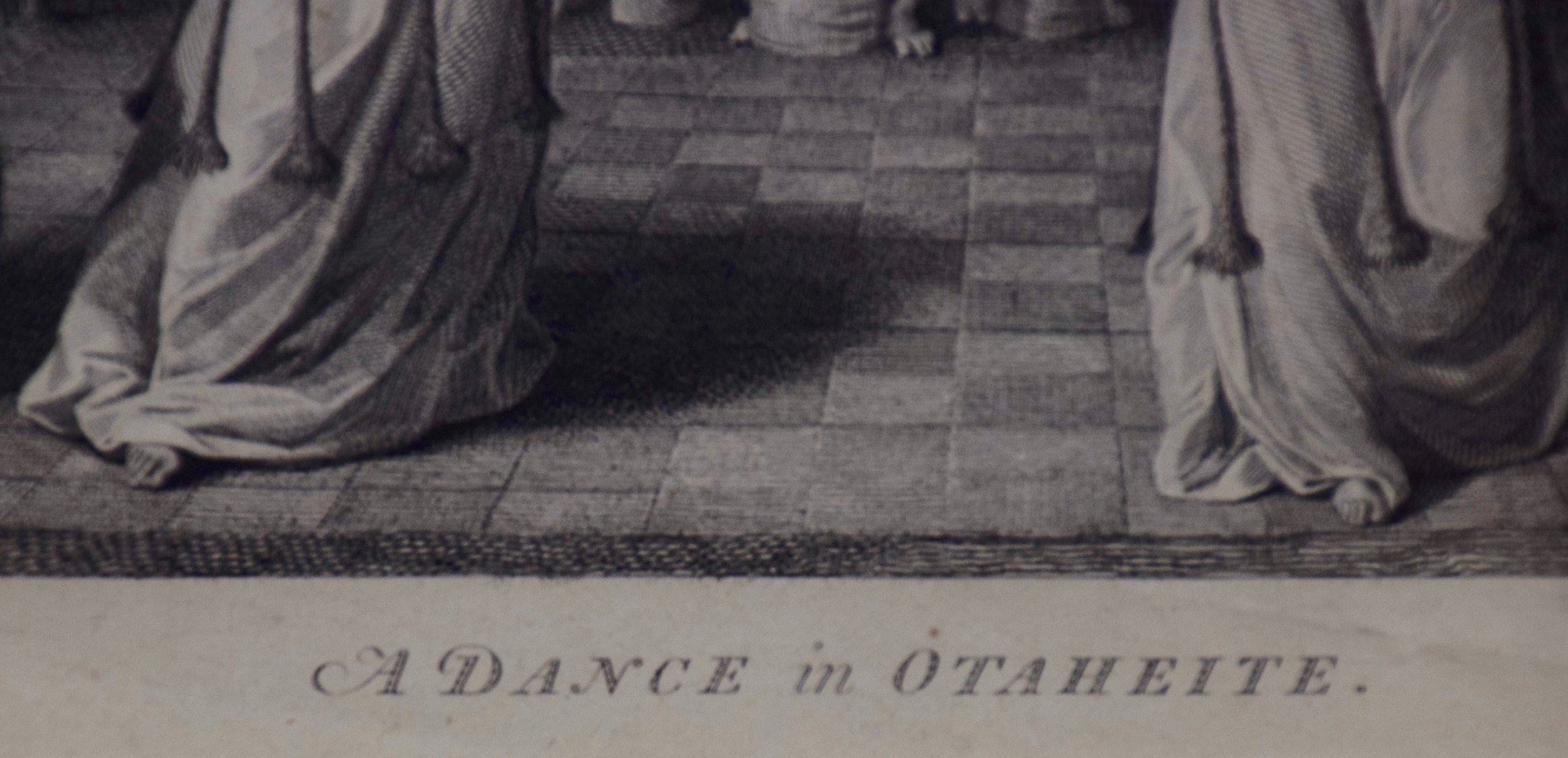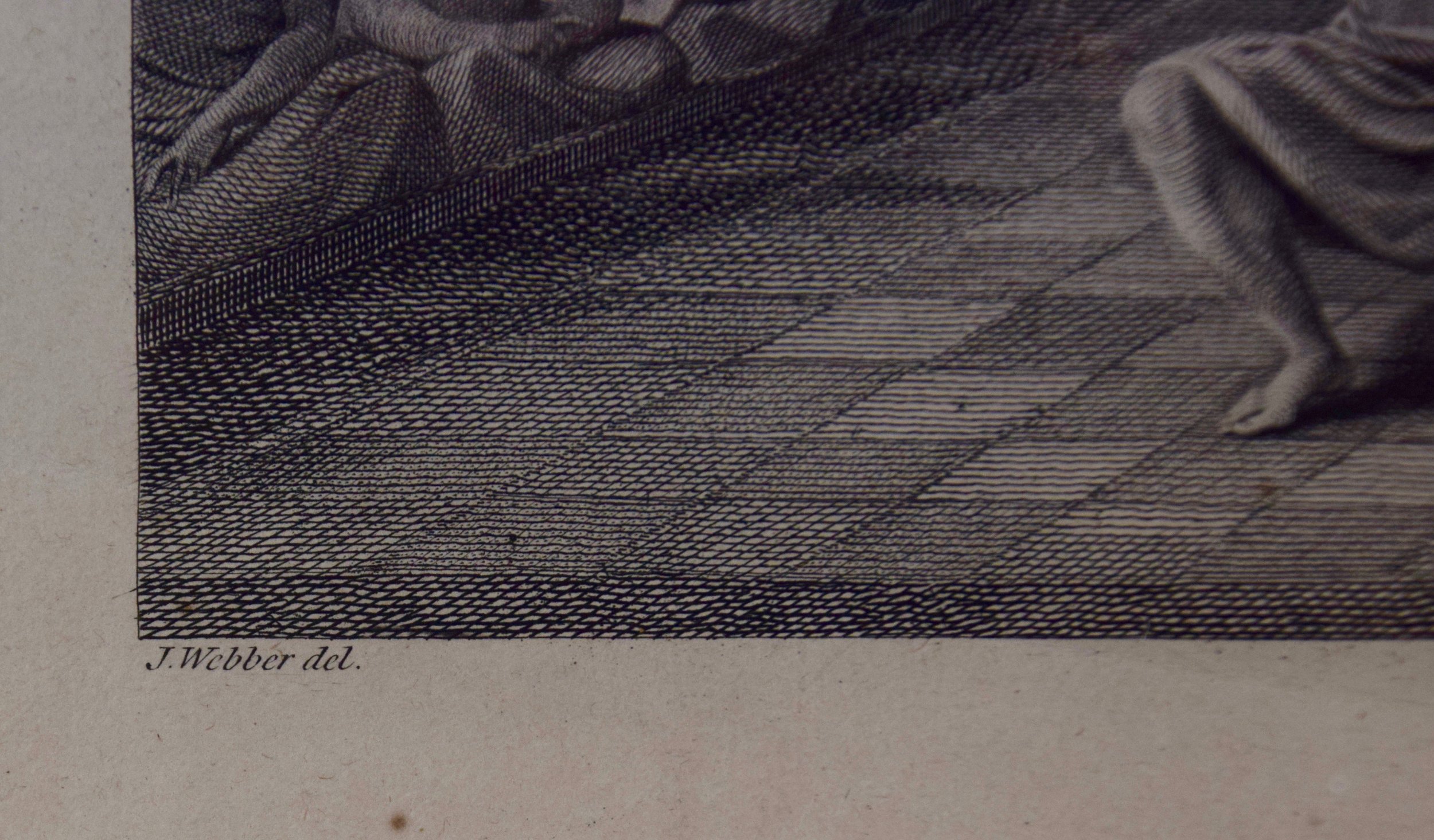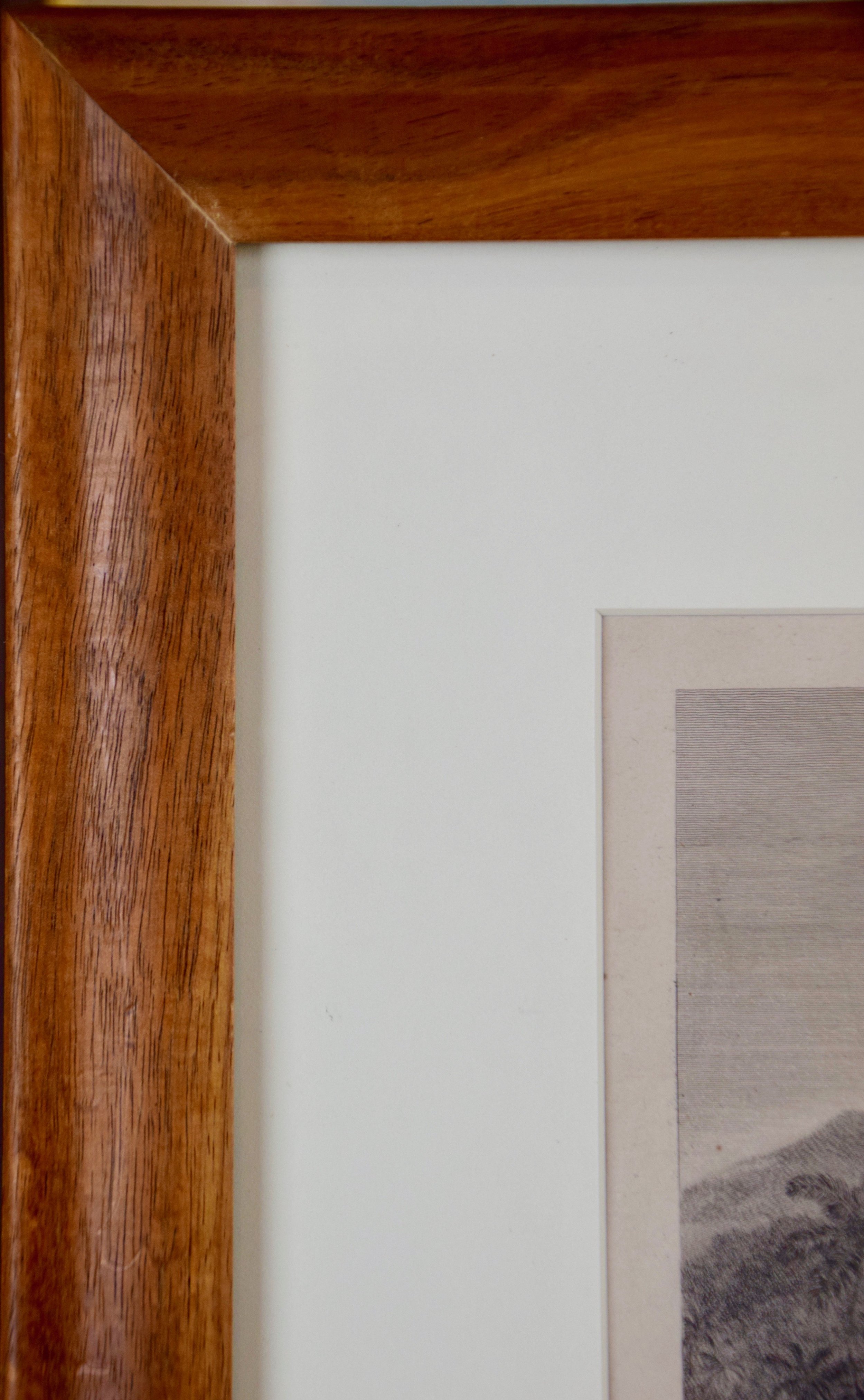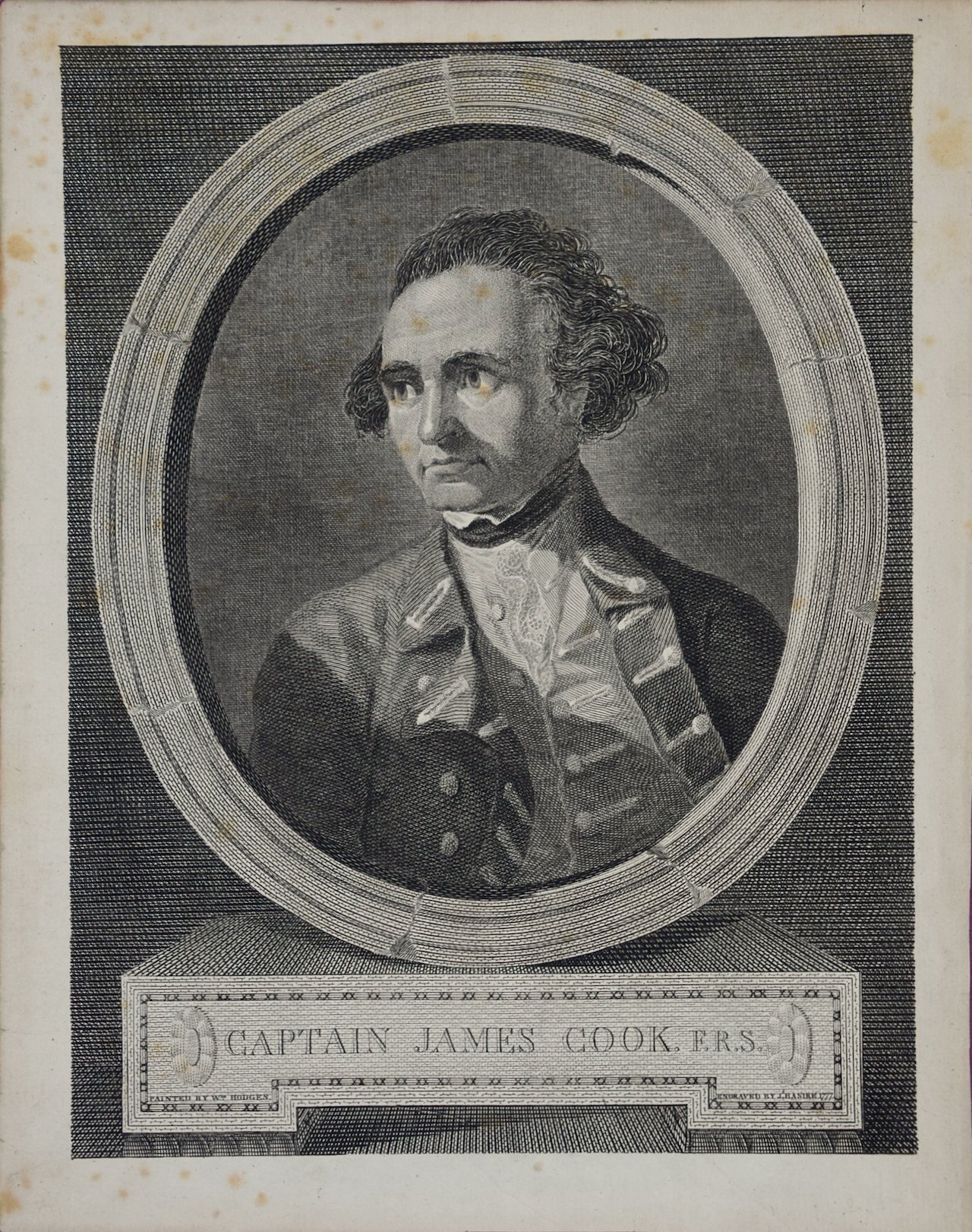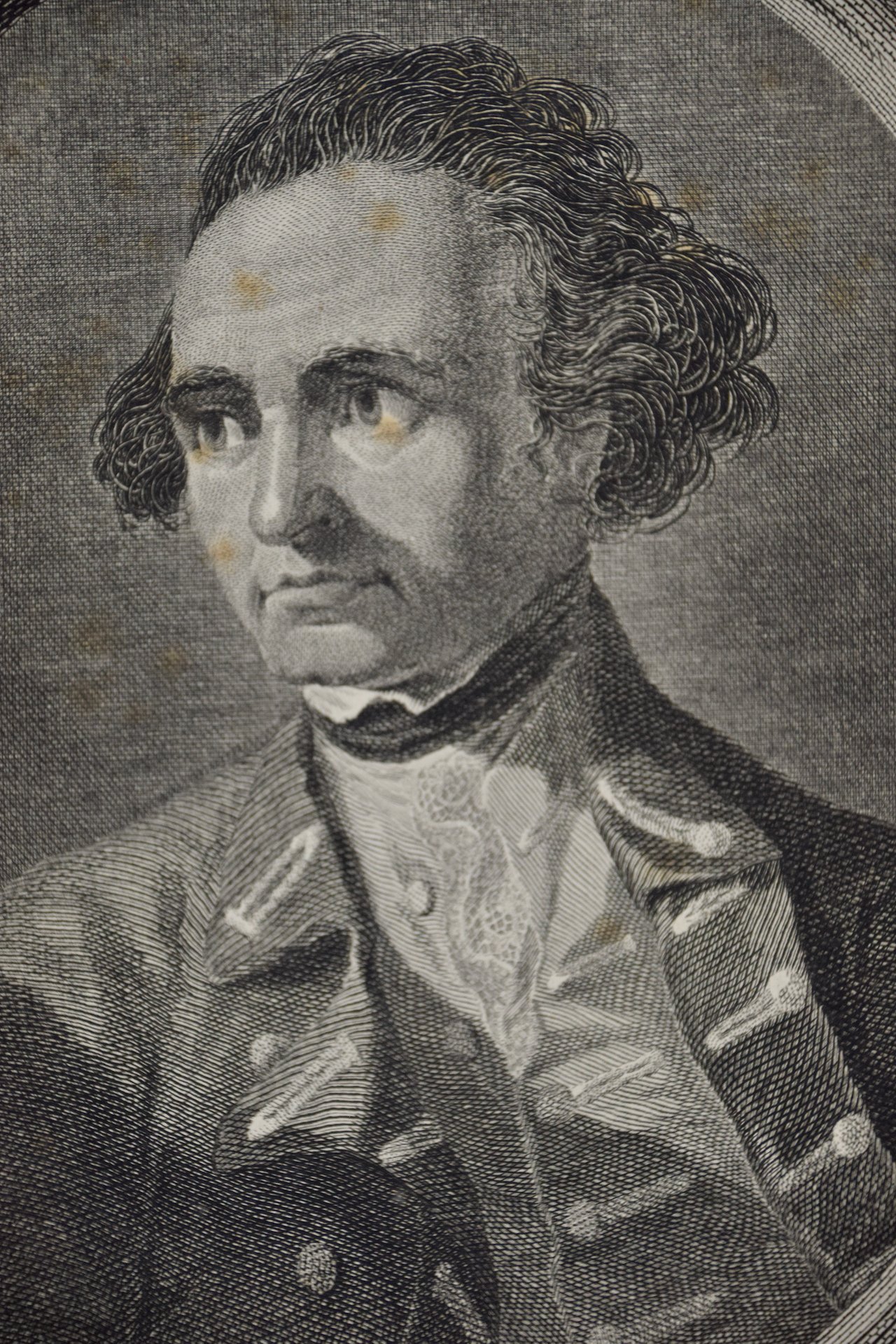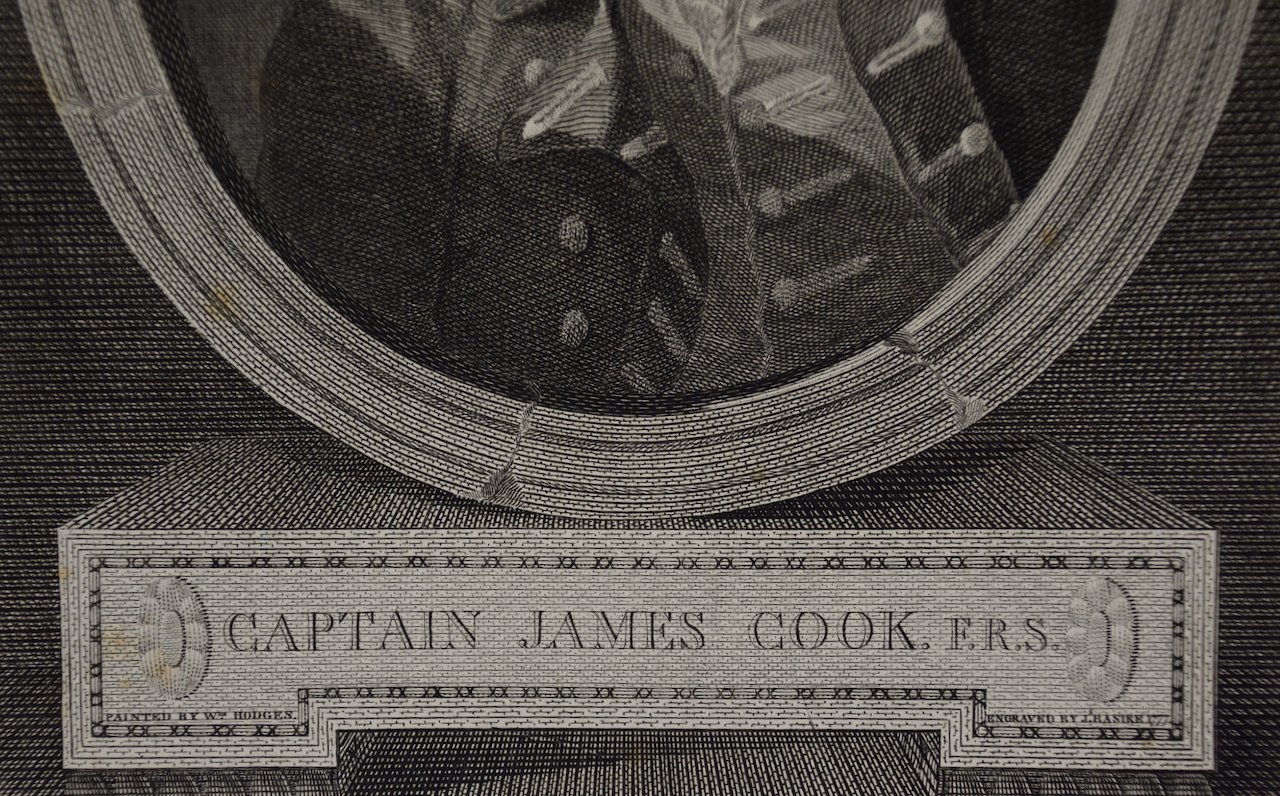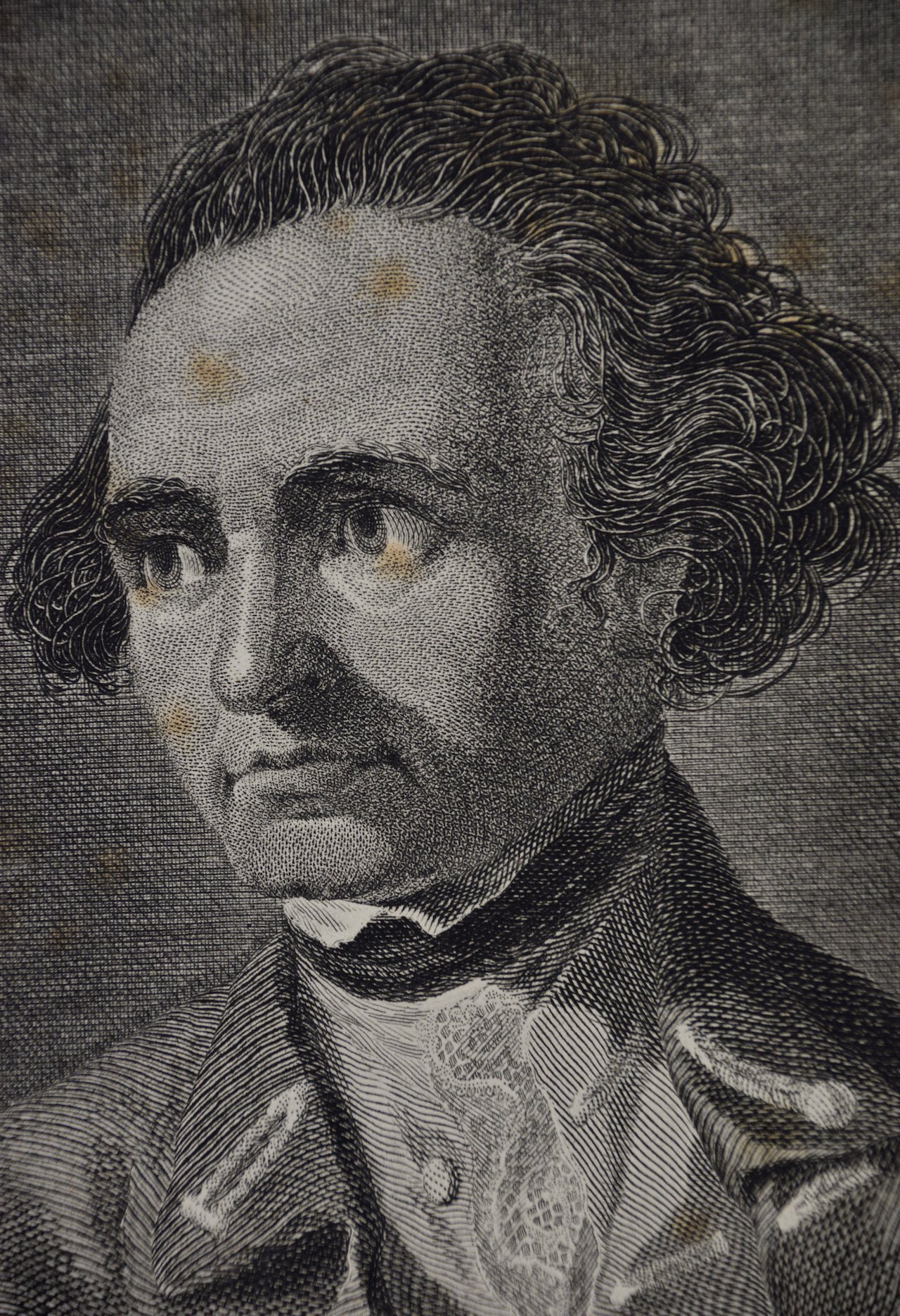The print depicts a view of the imposing pair of sitting statues known as the Colossi of Memnon. They represent sitting views of the Pharaoh Amenhotep III, also known as Amenhotep The Magnificent and Amenhotep The Great. On either side of the legs of each colossus is his mother Mutemunia and his wife Teie. Amenhotep III ruled Egypt from approximately 1386 BC to 1349 BC. The colossi stand guard at the entrance to Amenhotep's memorial or mortuary temple. A group of Egyptian men are seen adjacent to the base of the far statue and two men sit on its edge. A third man is seen scaling the side of the statue. These figures provide perspective as to the immense size the colossi. The print is signed in the plate in the lower right and titled in the lower left, reportedly in Roberts' hand as in his original drawing.
This duotone lithograph is printed on wove paper with wide margins. The sheet measures 16.75" high and 23.88" wide. There is faint toning adjacent to the edges of the sheet, as well as a barely perceptible horizontal crease in the upper margin. These issues would be obscured by a mat when framed. The image portion of the print is in excellent condition.
The drawings and watercolours from Roberts' tour of the Holy Land and Egypt were collated together into folios and released over a seven year period by the publisher F.G. Moon from 20 Threadneedle Street London. This lithograph is from the Royal Subscription Edition (1842-1849) with only 500 copies produced per depiction. Louis Haghe (the Belgian engraver and friend of Roberts) worked on all of the lithographs for this series.
David Roberts (1796-1864) was born outside of Edinburgh, Scotland. At age 10 he became a house painter’s apprentice. He continued painting houses and eventually theater scenes in Edinburgh and then in London. His friend, J. M. W. Turner, recognized his artistic talent and encouraged him to become a full-time artist.
In 1839 Roberts traveled to Egypt and then in 1840, through the Holy Land, concluding in Jerusalem. Upon his return to England, F. G. Moon agreed to publish lithographs created by Louis Haghe from Robert’s sketches and watercolors. This publication was highly acclaimed and very popular for its esthetic quality, its historical and topographical accuracy, and Robert’s dramatic depiction of his scenes. Queen Victoria and Charles Dickens were among the subscribers who collected his works. Roberts' and Haghe’s duotone lithographs, often colored, remain extremely sought-after today and have been rising steadily in value.

